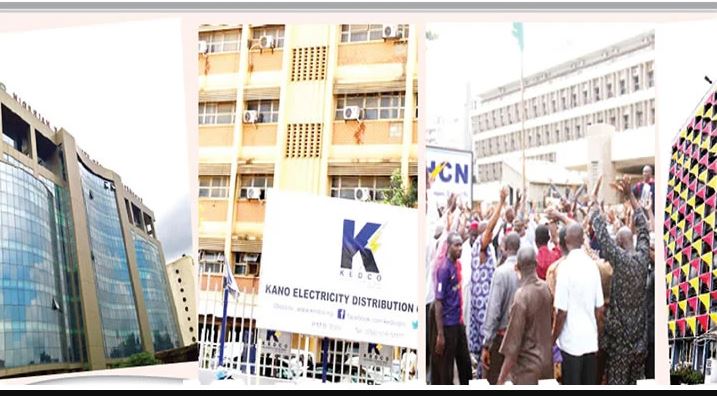After hitting a peak of 4,582.2 megawatts on Wednesday, March 2, 2022, Nigeria’s power generation on the national grid dropped by 598.3MW to 3,983.9MW on Thursday, March 3, 2022, latest grid performance released on Friday showed.
This came as the Abuja Electricity Distribution Company Plc informed its customers in Kogi, Niger, Nasarawa and Abuja that the current low and unstable supply of electricity to homes and businesses was as a result of low power generated to the national grid.
The Federal Government had on Thursday blamed the current wave of poor power supply experienced in the Federal Capital Territory and other parts of the country on low water levels in hydropower dams.
Explaining reasons for the blackouts, the Chief Marketing Officer, AEDC, Donald Etim, said in a statement issued in Abuja that “in recent weeks, the level of power generated and served to the national grid for onward delivery to customers has been abysmally low.
“However, we do our utmost, at all times, to ensure that we equitably distribute even that modest supply in such a way that a fair cross-section of customers is served.”
The power firm, however, stated that it was ensuring that it worked with other stakeholders within the Nigerian Electricity Supply Industry to identify and resolve the challenges within the sector.
It said the root causes of this latest low generation had been identified and were being addressed.
AEDC pointed out that the Minister of Power, Abubakar Aliyu, had explained during a press briefing that load in the sector shedding was causing blackouts nationwide.
The statement quoted the minister as saying, “I would like to discuss the increased load shedding you may have observed in Abuja and other areas across the country.
“With the reduction in hydro capacity during the dry season, additional load needs to be taken up by our gas plants. We are having maintenance work in the Eastern axis around Odukpani leading to reduced power supply from the usually reliable NDPHC Calabar Power Plant.
“And we are having challenges at Okoloma gas station linked to Afam VI power plant. We are working with NNPC and other gas suppliers also to improve the pressure on the Western axis that is precluding units from reaching optimum supply.
“These challenges are surmountable, and we have a three-pronged approach we are executing. We have short term solutions as well as long term solutions. We are working assiduously to resolve short term load-shedding challenges.”
AEDC expressed regret that the challenge of low generation was beyond its direct control, adding that it was aware of the plight of customers and appealed for patience to sort the low power generation concern

